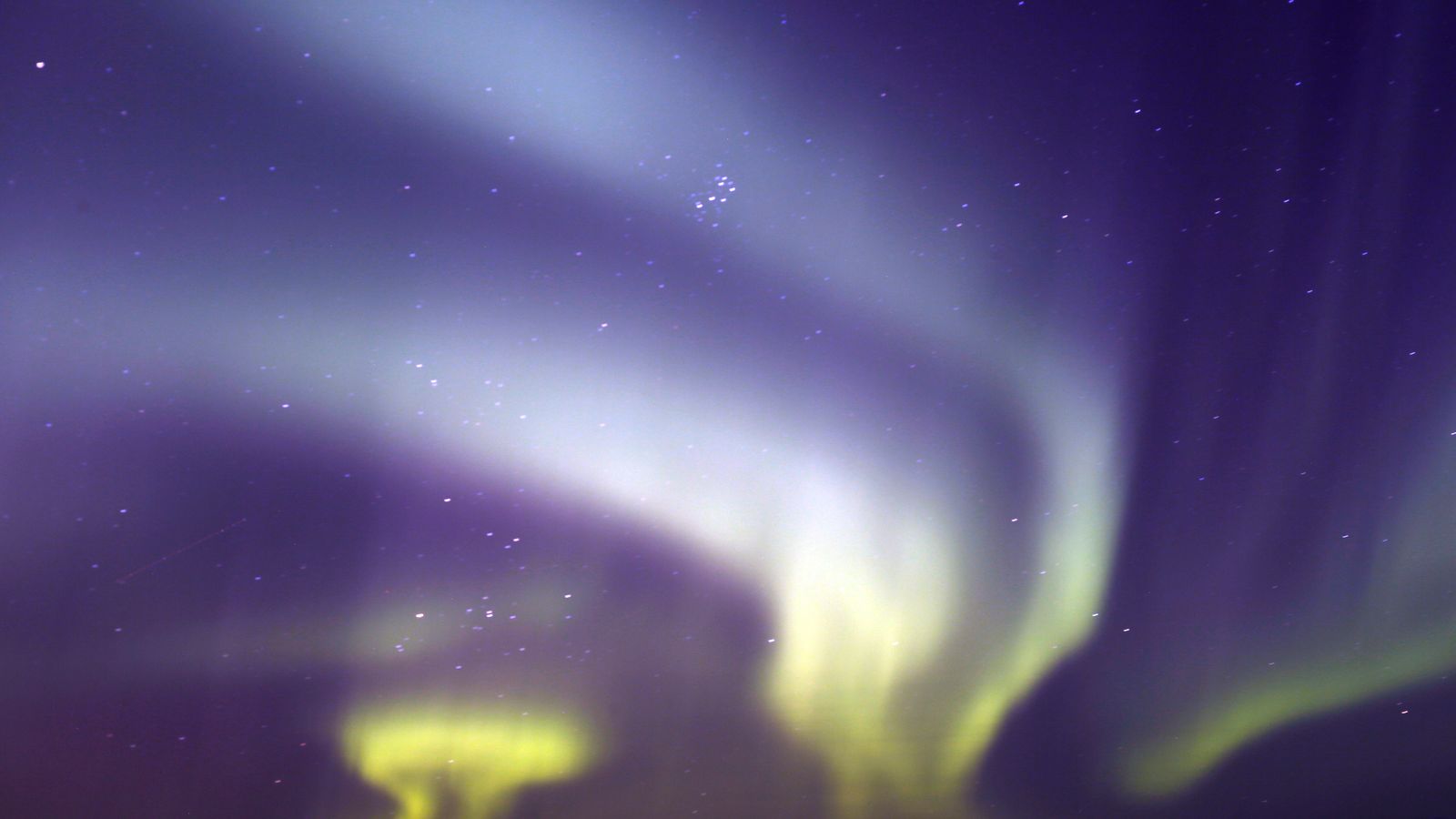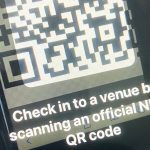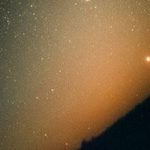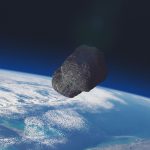A solar flare hit Earth on Halloween, treating stargazers to an eerie display of the Northern Lights.
As charged particles from the star collided with the planet’s magnetosphere, they created a beautiful and spooky green and orange aurora.
Astronomers, photographers, and delighted amateurs captured dozens of pictures and videos of the show and shared them on social media, including pictures from Northumberland in England.
Andrew Douglas, who often shares pictures of the Farne Island off England’s northeastern coast, took pictures of the Northern Lights as they danced near the horizon.
Bamburgh Castle and Grace Darling's grave light up by the Northern Lights. #Aurora #NorthernLights #Northumberland pic.twitter.com/md62tsdGDC
The flare – officially known as a coronal mass ejection (CME) – left the sun on Thursday and comes as we enter a period of increased solar activity.
Although it was an X1-class flare – the strongest there is – the CME “was much slower and waker than expected” according to the UK’s Met Office.
Michael Charnick, an American meteorologist visiting Iceland, captured a Halloween picture using just his iPhone 13.
COP26: How easy is it to drive from London to Glasgow using an electric car?
What do we know about ‘Project Cambria’ – the headset for Facebook’s metaverse?
Honeybees use social distancing when hive is under threat from parasite
Incredible substorm over the west coast of Iceland ~30 min ago. 🇮🇸
This is an iPhone 13 photo.#AuroraBorealis #aurora pic.twitter.com/L8cSKgZWit
There are concerns that some flares could be so powerful they might interrupt electronic systems on the surface of the Earth.
Recently an alert was published by the US National Oceanic and Atmospheric Administration (NOAA) warning the geomagnetic storm could cause power grid fluctuations with voltage alarms at higher latitudes, where the Earth is more exposed.
Thomas Klein, a freelance journalist currently trying to build a wooden cabin in Swedish Lapland, shared several more pictures of the lights appears almost directly overhead.
WHAT A NIGHT 💚#NorthernLights #SwedishLapland #Polarlichter pic.twitter.com/x5xOpOvTgj
NOAA added that satellites may be impacted too and could exhibit “orientation irregularities” meaning ground control would have to redirect them, as well as anything in low-Earth orbit experiencing increased drag.
Comedian Paul Black, who recently performed at the Edinburgh Fringe Festival, captured four pictures using an iPhone 12 Pro’s timelapse feature.
Sorry I know u r all halloweening but I’m truly shaking in my boots at just seeing the northern lights in Iceland and I must share x god bless iPhone 12 Pro lapse cameras x pic.twitter.com/Vn1IrdTLD2
The geomagnetic storm NOAA issued the warning about was only expected to reach category G2, which is moderately strong according to the agency.
In the end that storm and this X1-class flare did not cause major disruption, but such disruption has been caused in the past.
Tonight was an actual dream. KP7 aurora for our workshop groups first night. So grateful they got to see this incredible show 💚🙏 pic.twitter.com/2dyLWC7GNh
Space weather experts reference the Carrington Event, believed to be the largest solar storm ever recorded, which hit Earth in 1859.
The Carrington Event left an aurora visible across the sky, even in latitudes much closer to the equator, and was described in contemporary reports as even brighter than the light of a full moon.
It caused the failure of telegraph systems all across Europe and North America, and a similar storm today could cause trillions of dollars in damage globally.
Aurora borealis in my backyard pic.twitter.com/BEnfuJw9am
Solar activity has been observed rising and falling naturally every 11 years, although not quite like clockwork, and astronomers believe we are now in the early years of a new busy period.
A new family of sunspots, discovered on the surface of our star last year, unleashed the biggest solar flare that scientists have seen since 2017.






















